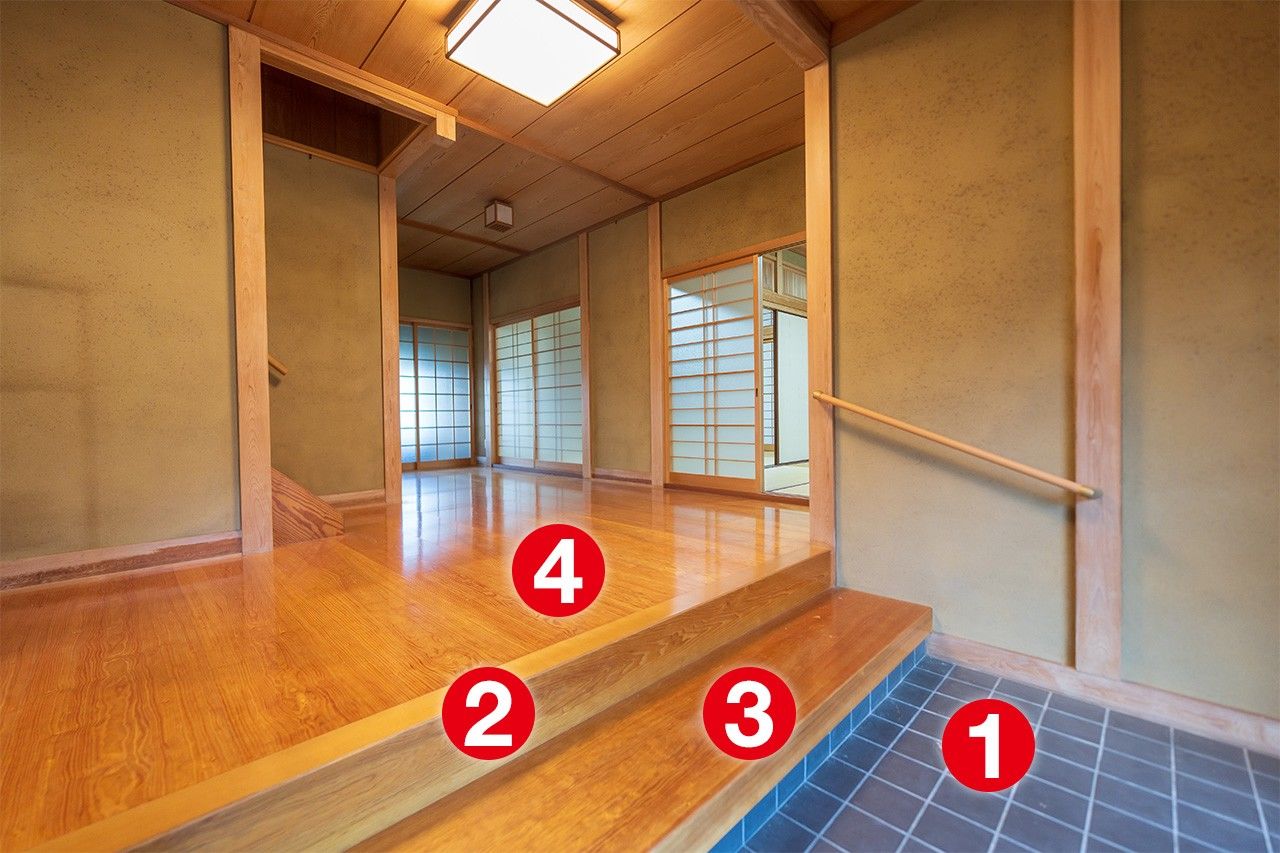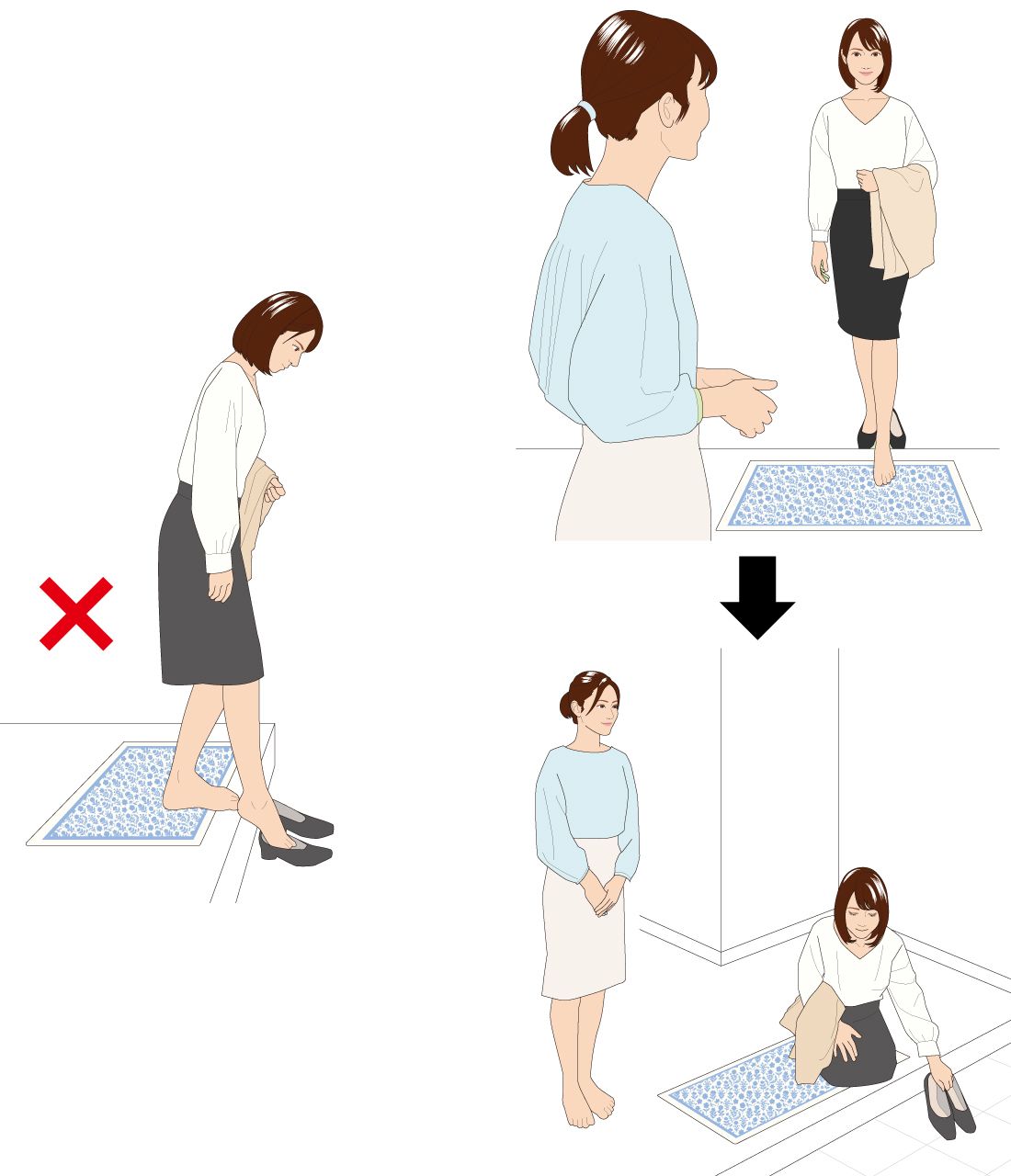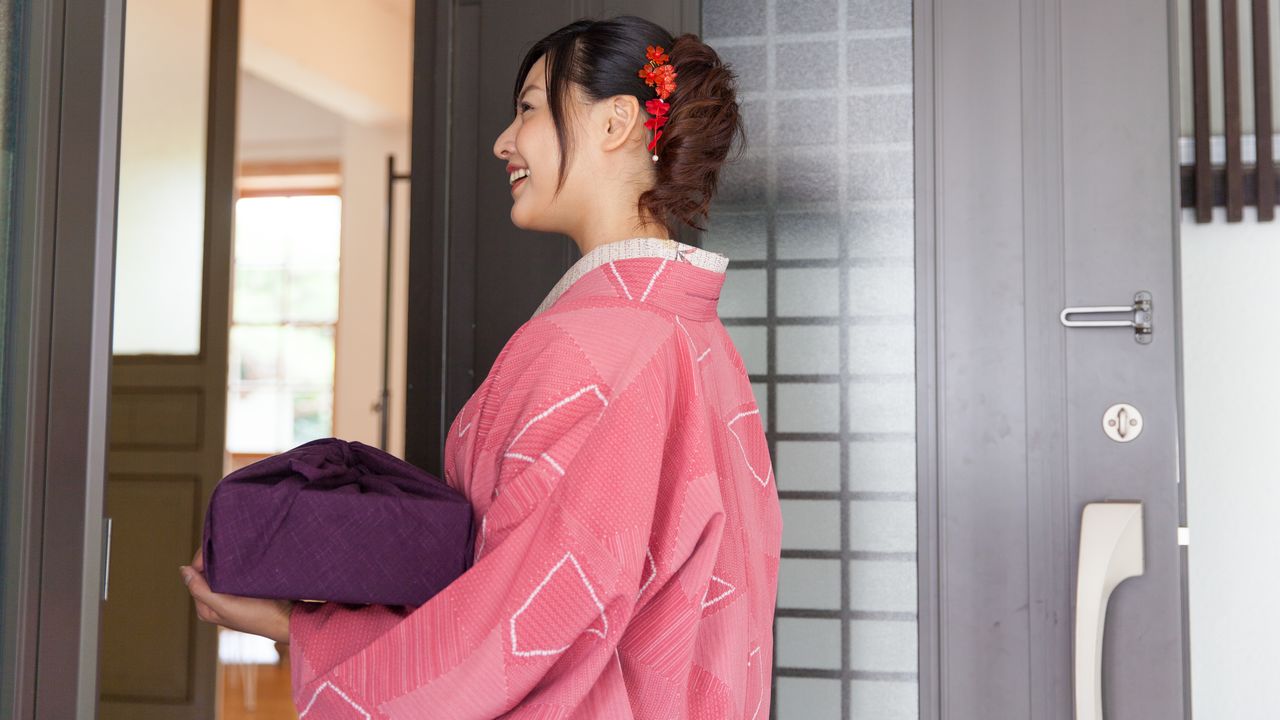
A Basic Guide to Japanese Etiquette
The “Genkan”: Japan’s Traditional Entryway and Footwear Etiquette
Guideto Japan
Lifestyle Culture Education- English
- 日本語
- 简体字
- 繁體字
- Français
- Español
- العربية
- Русский
Climate-Adapted Architecture
Many people in other countries are by now well-acquainted with the Japanese custom of removing footwear before entering a home. The same applies to ryokan inns, temples, and even restaurants with tatami-floored rooms. Since in traditional homes people sat on the floor to eat and laid out futons in the same room to sleep, it was important to keep indoor surfaces clean, so footwear was not worn inside.
Other countries also follow the custom of removing footwear indoors, but Japanese homes have entrances with a tiled floor where footwear is kept, and there is usually a step up to establish a firm boundary between the home and the street.
Parts of the Genkan Entryway
The typical genkan, or entryway, consists of a tataki (1), an earthen or tiled floor, and a step called an agari kamachi (2), which marks the boundary between indoors and outdoors. Visitors may sit there when removing their footwear; the elevated step also helps keep street dust out of the house. A shikidai (3) additional step is sometimes provided when the agari kamachi is high. The entrance hall (4) is a wood-floored space where slippers are laid out for visitors.
Japanese summers are hot and humid and winters are dry. To deal with these climatic conditions, homes were usually wooden structures designed to control humidity. Structures were elevated to keep the foundation dry and prevent rot, which meant having to step up at the entrance to the home. This step is the agari kamachi, which is often clad in decorative wood.
Concrete structures such as apartment buildings do not need to be raised up from the ground, but units in such buildings also have a step in the entranceway, signaling that this is where footwear should be removed. Whatever the dwelling style, Japanese sensibilities regarding cleanliness dictate that anything unclean should be kept out of the home. Analogous to the torii at Shintō shrines, the home’s genkan marks a boundary between the “inner” and “outer” worlds.
When casual acquaintances call or interactions are brief, householders often deal with the matter in the genkan. In this case, the genkan serves as an informal reception space and is sometimes decorated with a picture or a vase of flowers atop the shoe cabinet.
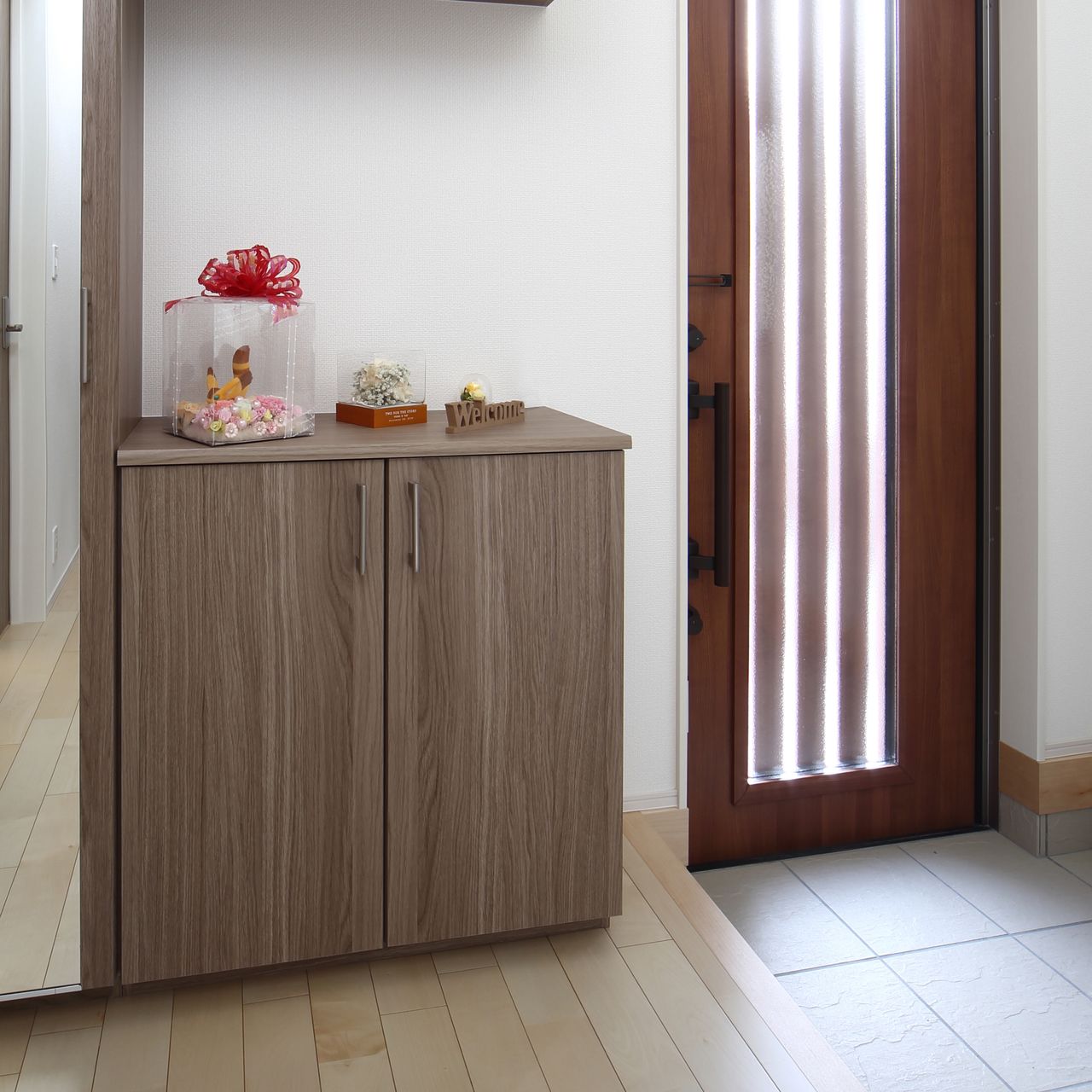
A shoe cabinet used as display space. (© Pixta)
Keeping the Indoors Pristine
When a caller is invited inside the home, bare feet should be avoided in order not to track in dirt. In summer, when hot weather calls for sandals, it is best to carry a pair of ankle socks to wear before donning the host’s slippers. In earlier times when people wore zōri or geta (straw or wooden footwear), they would wash their feet in the earthen floored entrance or put on clean tabi socks before stepping up into the home.
Removing one’s coat in the entrance to prevent dirt from being carried into the house is also good manners. For the same reason, any gift for the household should be removed from the carrier bag or furoshiki it came in, and the gift itself presented in the room inside once formal greetings have been offered. If the gift is a potted plant or fresh food, it should be handed over to the host in the genkan, to avoid dirt or smells in the house.
Visitors should remove and position their shoes neatly using their hands, taking care not to turn their back to the host when doing so.
A Step-by-Step Guide to Removing Footwear
- Remove your footwear, starting with the foot on the side farthest from the host, before stepping up into the home. This avoids crashing into the host if you lose your balance while taking your shoes off.
- When doing so, be careful not to step on the heels of your shoes. If necessary, crouch to take your footwear off safely, making sure not to turn your back on your host.
- If crouching is difficult, sit on the step after excusing yourself. Position yourself sideways on the step so that your back is not turned on your host.
- Once you have both feet on the step, kneel, again without turning your back to the host. Use one hand to turn your footwear facing out, placing it on the far side of the host or by the side of the shoe cabinet.
- If slippers are offered, put them on.
Footwear Etiquette when Leaving
Facing the genkan, remove your slippers and don your footwear. Once this is done, turn the slippers to face inside the home, placing them on the side where your host is not standing.
Front Doors Open Outward
For purposes of security, front doors in most countries open inward. This also makes it easier to stop an intruder from entering by blocking the door with your body or a heavy object. In Japan, however, doors necessarily open outward so as not to interfere with the footwear in the genkan. In that case, the door hinges are on the outside, making it easy for intruders to enter if they break the hinges. But given that public safety is relatively good in Japan, there is less concern that someone will try to break in that way.
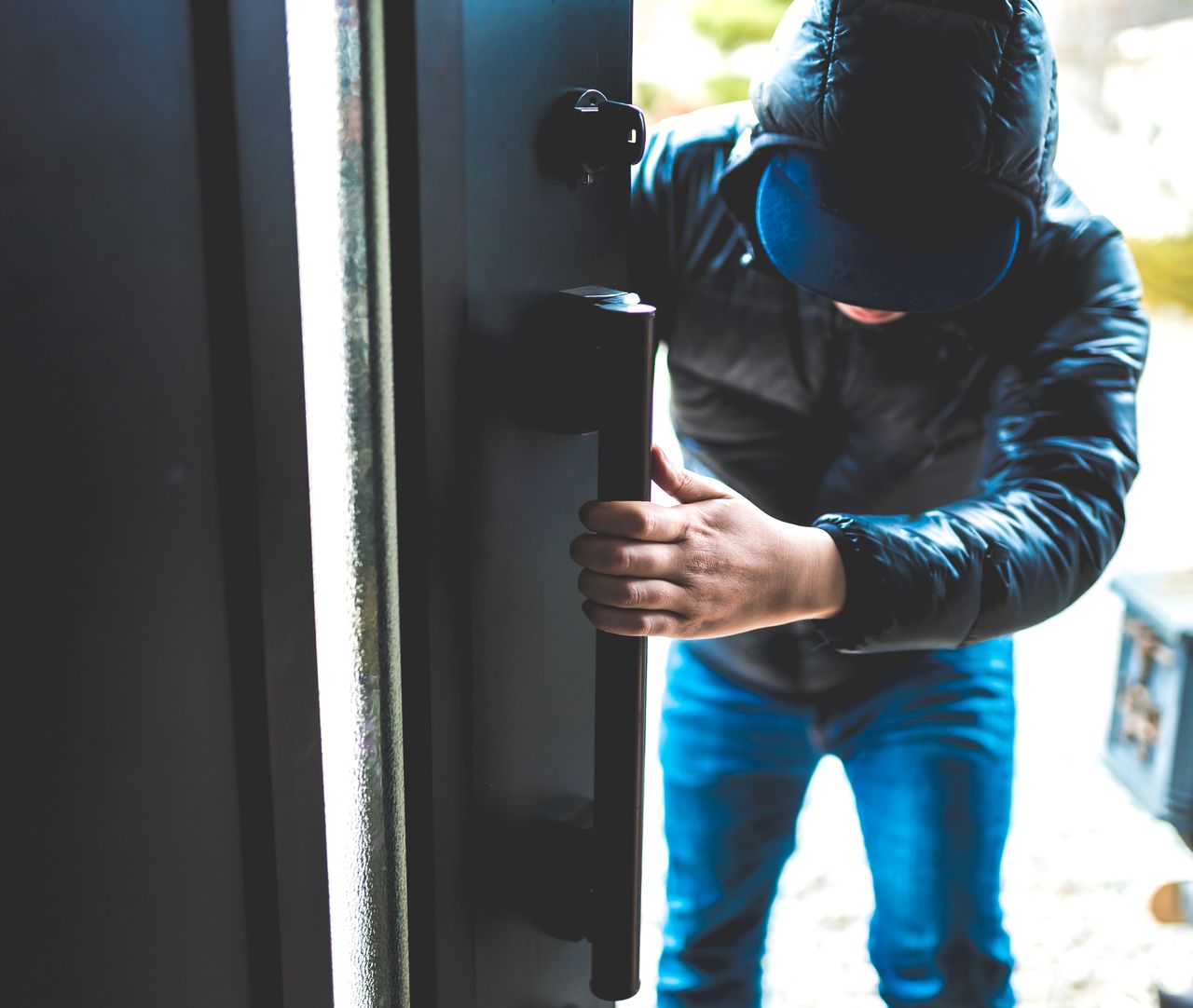
Is a door that opens outward a safety concern? (© Pixta)
Sliding front doors are even more unsafe, but most homes built in traditional fashion had such doors. In decades past, people knew their neighbors well, and many left their front doors unlocked after letting a neighbor know they would be out. It was also not unusual to leave windows and the front door open to let fresh air in.
The genkan marks the separation between the home and the outside, Meanwhile, the three houses across the street and next-door neighbors on both sides are viewed almost like family. Such are the quirks of Japanese social relations.
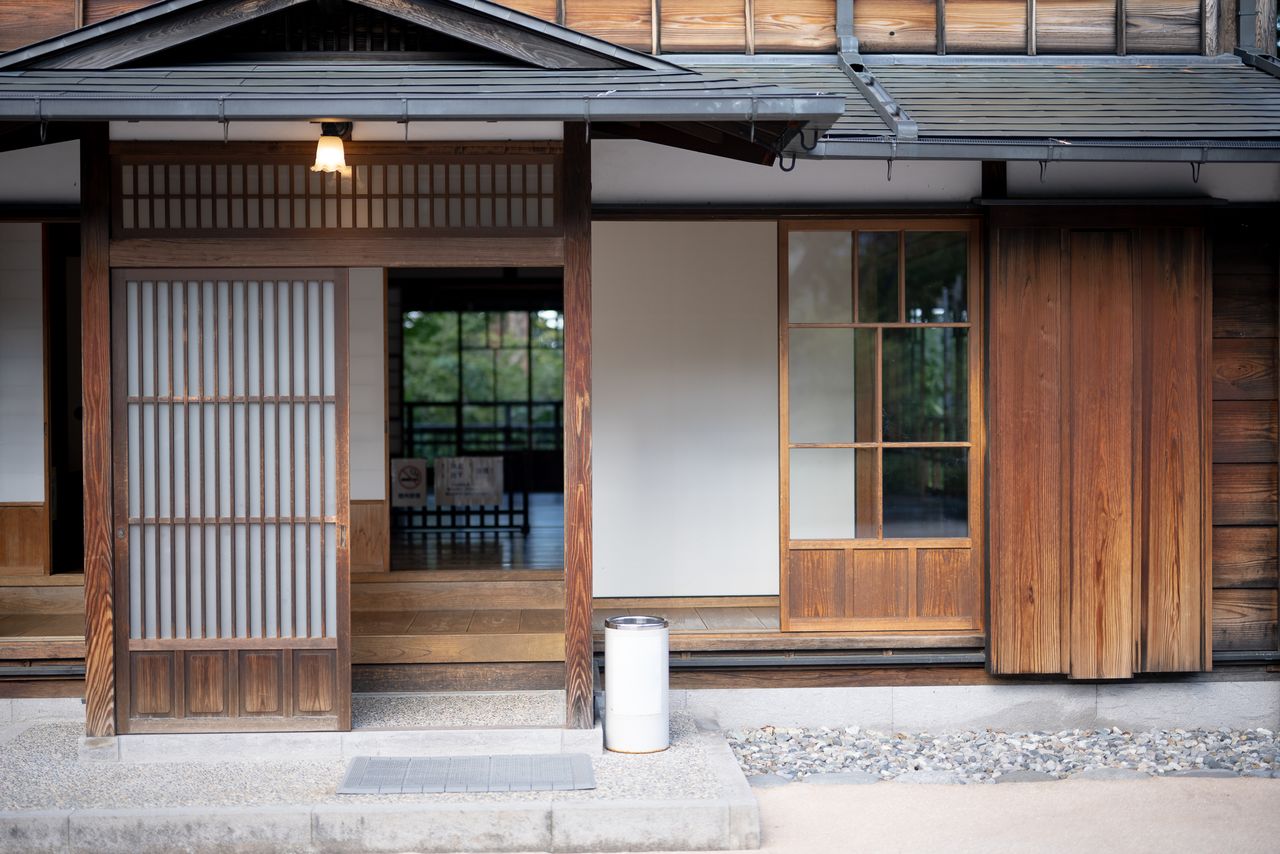
In the past, Japanese homes were fitted with wooden or paper sliding doors for ventilation purposes. (© Pixta)
(Originally published in Japanese. Text by Nippon.com. Supervised by Shibazaki Naoto, associate professor at Gifu University, who specializes in manners education from a psychological perspective, works to guide etiquette educators, and is an instructor in Ogasawara-ryū etiquette. Banner photo © Pixta.)
